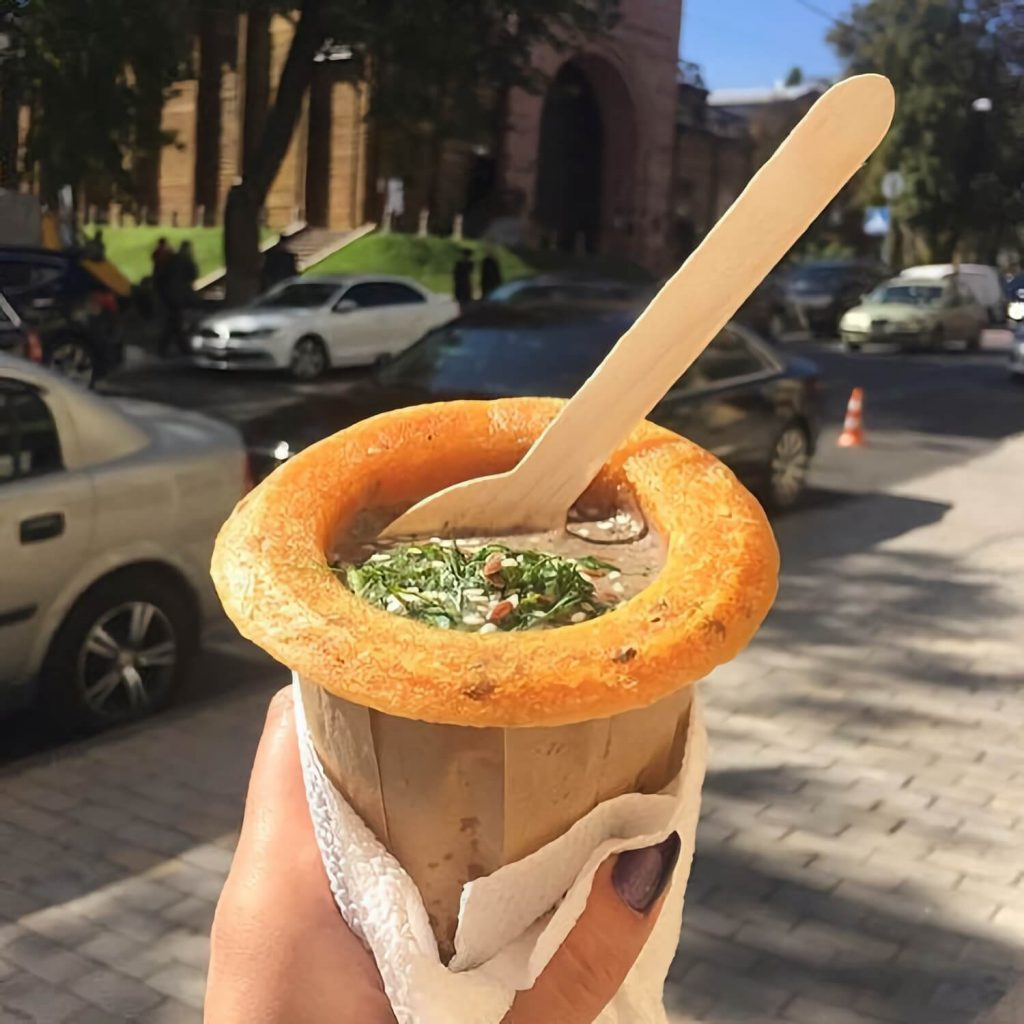The plastic collapse is thriving in the world. Hundreds of millions of tons of plastic waste are sent to landfills every year, exacerbating the environmental problems of the planet and seriously threatening the ocean. The UN estimates that plastic accounts for up to 85% of marine litter today. Obviously, only a radical rejection of plastic will correct the situation, and above all, in the restaurant and fast food industry.
Plastic is Outlawed
Today, food service establishments remain among the most significant sources of plastic waste around the world. To a large extent, this is due to the use of disposable tableware and cutlery. Suppliers in HoReCa call the category of utensils and packaging made of polymers «one time» one of the most dynamically developing. The sales of goods of this group in the food service market in physical terms increases by an average of 14% annually. The main growth drivers are coffee shops and gas station chains.
The pandemic rise has sparked a surge in demand for ready-to-eat food delivery. And this, in turn, led to an increase in sales of disposable tableware and packaging in physical terms. According to some data, at the turn of 2019-2020, growth ranged from 27% to 35% in various categories (Source: Trial-Market).
Burgers, sandwiches and take-away coffee remain the leading trends, so glasses, trays and pads, burger packaging and wrapping paper are the top sellers. And also the main sources of plastic waste around the world. In the US alone, about 40 billion pieces of plastic food utensils are used and discarded each year, including about 0.5 billion plastic straws.
To this we must add waste in other parts of the world, giving a significant weight gain to the global garbage cataclysm. Virtually all developing countries, with the rare exception of those where plastic was initially banned, contribute to the generation of plastic waste. For example, in India alone, the volume of disposable plastic utensils and cutlery is almost three times larger than in the United States.
Sooner or later, governments would have to deal with state regulation of the circulation of plastic dishes. This is what is actually happening.
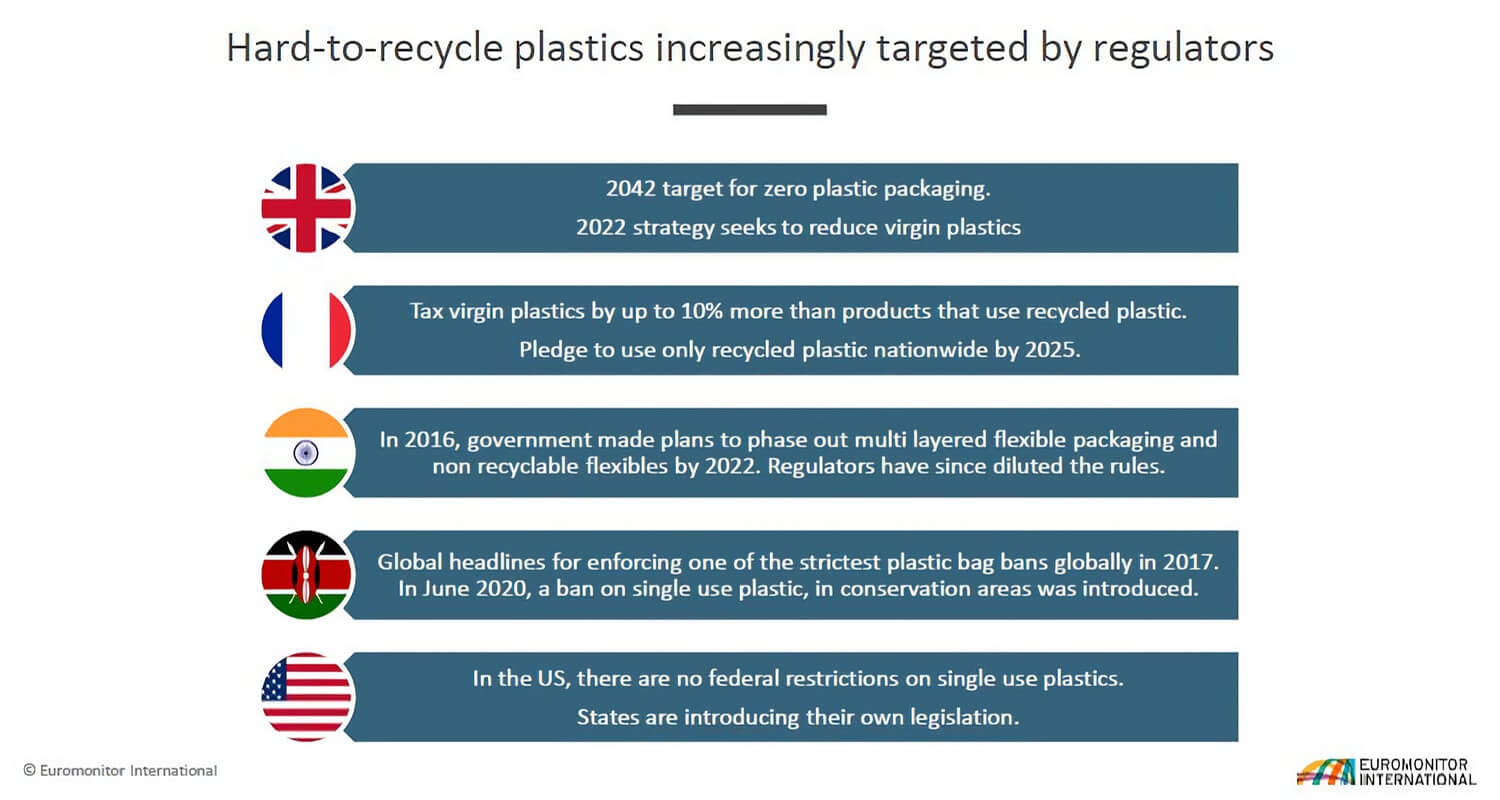
2020 was supposed to be the year new restrictions on the use of plastic in different countries came into force. For example, the European Parliament, which has been gradually phasing out certain types of plastic products and packaging since 2019, recently approved the European Commission’s plan to combat plastic pollution. According to it, by 2023, the production of certain types of disposable plastic utensils and packaging will be limited or completely prohibited.
France has banned single-use plastic utensils from January 1, 2020, while the UK was going to implement these restrictions from April. In the US, more than 20 states have banned the free distribution of single-use plastic bags. Since July 2015, California, and since March 1 of this year, New York, have legally limited the distribution of single-use polymer packaging.
Government restrictions on the use of plastics around the world have put the packaging industry on the cusp of an epic transformation. The extended rhetoric about single-use plastic has shown that plastic utensils have no future. What will come to replace him? What will responsible 21st century consumers eat?
Polymer Displacement
Technologists of manufacturing companies turned to nature for solutions. It was natural biodegradable materials that were supposed to displace single-use plastic from the market.
In principle, any biomaterial can be a substitute for plastic. Products made from 100% cellulose, wood, corn starch and cane, algae, plant or grass leaves, biodegradable plastics appear on the market. Natural resources, in this case, are practically endless. If the segment of disposable tableware grows by 10% annually, then sales of eco-tableware have increased by almost a third over the past few years.
The development of the assortment of suppliers in HoReCa due to environmentally friendly packaging solutions is considered justified today by almost all players in the food service segment. Even despite their high cost compared to classic plastic products. The growing demand is stimulated by the growing involvement of the end consumer in the sustainable development agenda and the degree of its integration into the circular economy and, most importantly, the rapid biodegradation of used packaging without human intervention and with minimal harm to the environment.
In addition, one of the important features of products from biomaterials, the developers highlight the possibility of their creation on standard equipment used at modern petrochemical enterprises. Thanks to this, they can implement their development at minimal cost.
Not only has nature taken care to make R&D of packaging products environmentally meaningful, it has provided endless opportunities for creative and industrial experimentation. Not everyone finishes, but many can be colorfully told.
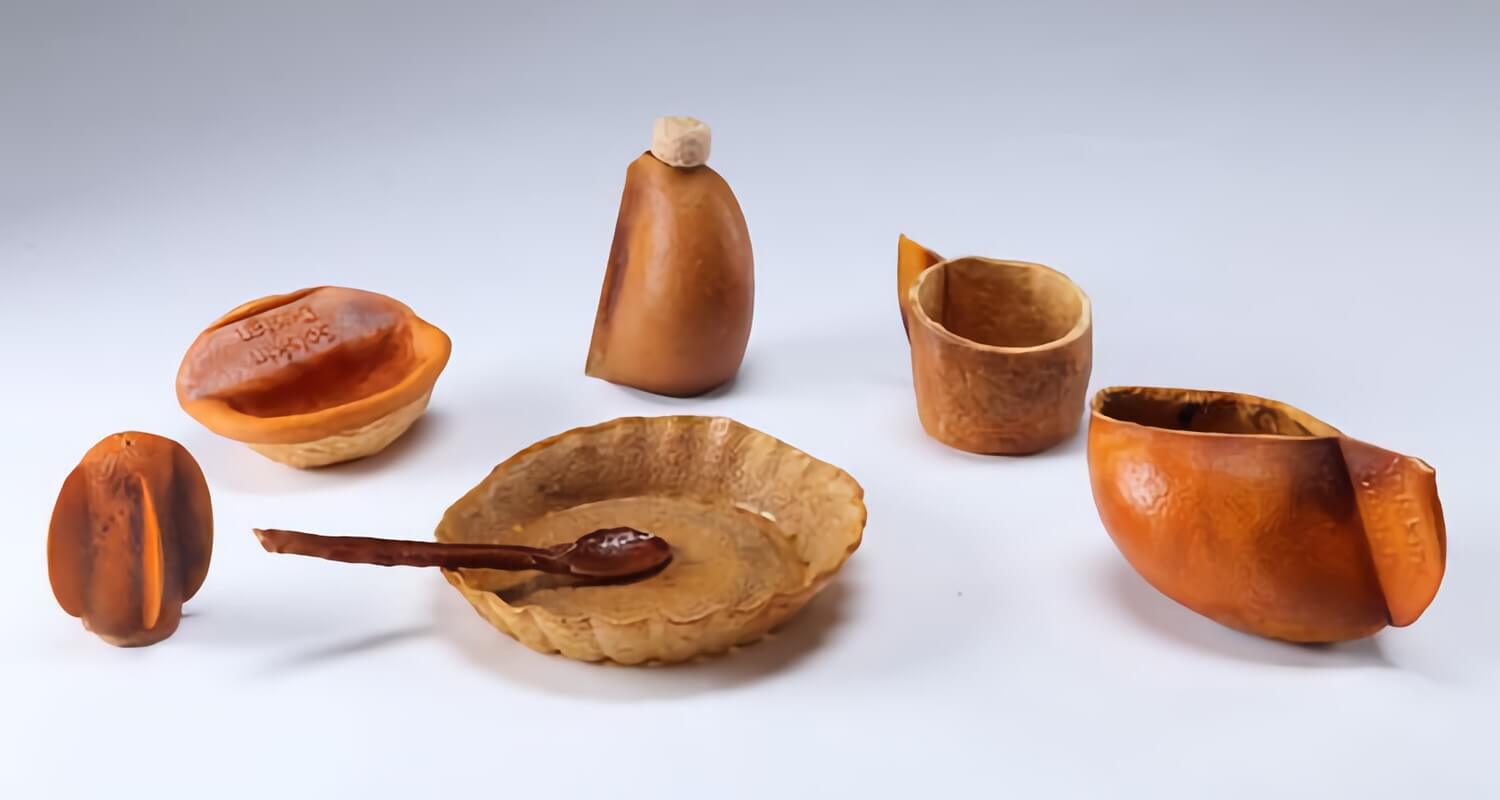
Israeli company Solskin creates biodegradable orange peel tableware. Cups, plates, spoons and small jars under the Solskin Peels brand, founded by young designer Ori Sonnenschein, are made from dried molded orange peels. The orange base of Solskin products (Solskin means “sunshine” in Danish) is a biodegradable, cheap and water resistant resource. In addition, the company’s orange tableware from Israel has a great smell, which fans of the brand like.
Responsible enterprises have long learned to turn food waste into a secondary useful product. Now the rules of the circular economy, in accordance with the global trend of upcycled foods, to which we devoted a special review, are being applied to the packaging market.
Externally, Solskin products are more like art objects. Deep orange dishes are the least suitable for catering needs. To give the products a softer white texture, the company is trying to turn the orange peel inside out, but the experiments have only just begun. The company does not leave attempts to adapt the idea to commercial application, although it is extremely far from completion.
Consume After Eating
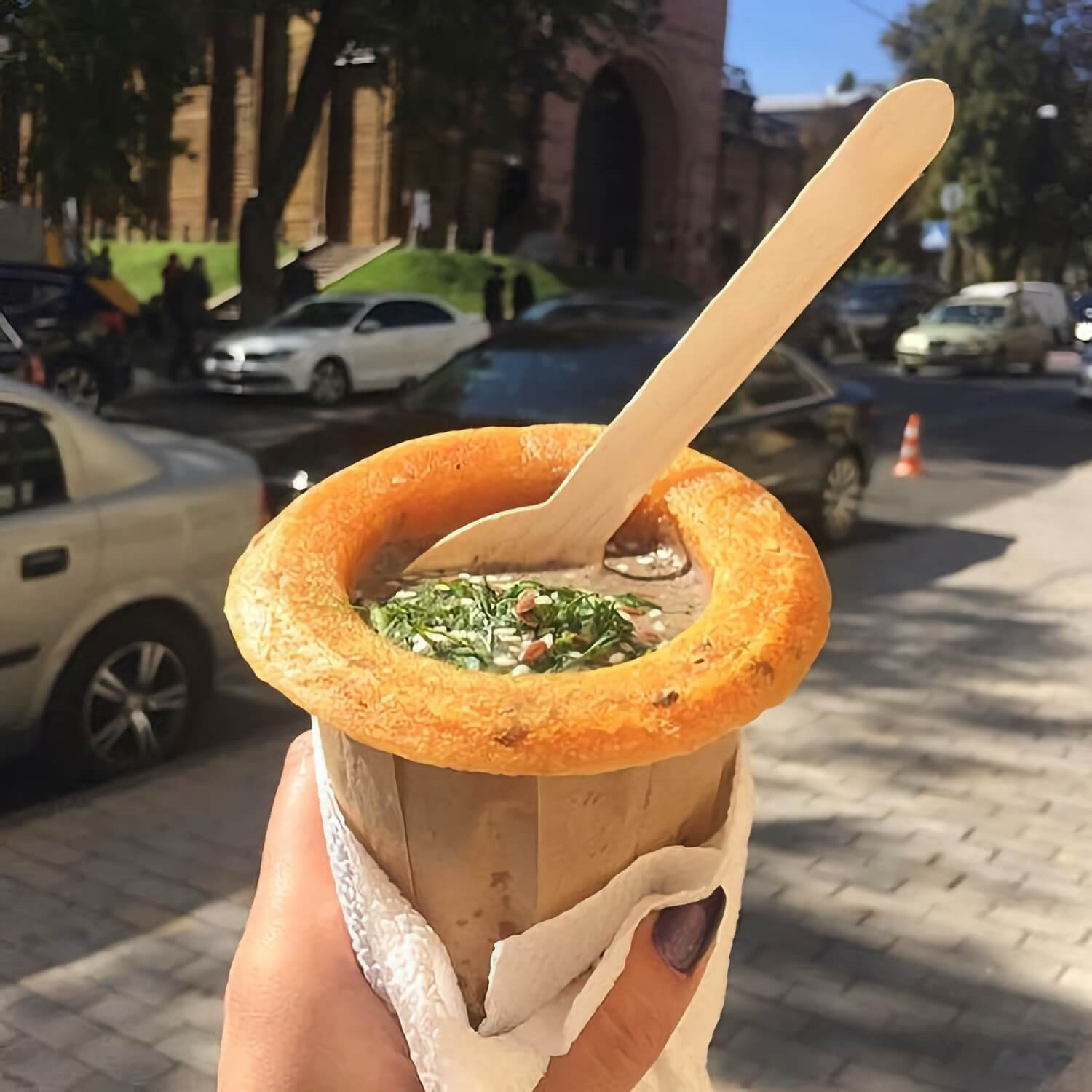
Roza Janusz’s Scoby packaging is used as an edible alternative to plastic takeout boxes. “Edible tableware” is another powerful trend in the packaging market, which has been picked up by several companies at once.
Scoby is an abbreviated version of «symbiotic culture of bacteria and yeast.» The innovative ecological product is created during the fermentation process and is the main ingredient of a fully edible food packaging. Environmentally friendly and thin membrane actively preventing the penetration of oxygen.
Due to its low pH, this innovative alternative is an ideal candidate for the storage of dry and semi-dry foods. In addition, the Scoby material contains beneficial bacteria that nourish both the human intestines and the soil in the garden.
The 100% edible food packaging is part of a designer’s graduation project at the School of Forms in Poznań, Poland. More of a design-than-manufacturing-friendly venture, it provides a clear picture of how entire industries can develop waste-free product packaging.
Roza Janusz’s Scoby packaging is used as an edible alternative to plastic takeout boxes. “Edible tableware” is another powerful trend in the packaging market, which has been picked up by several companies at once.
Street food company SoupCulture offers soup in bread cones. Soups in bread bowls are commonly served in restaurants or prepared by culinary aesthetes at home. The soup cone from SoupCulture makes the dish suitable for eating on the go.
Rapid dampening is one of the problems that prevents most take-out bread bowls from being used. However, the street food operator’s bread cones are firm enough to be comfortably held in the hand and eaten — a smart way to reduce packaging waste in the food service, and an attempt to draw attention to food and packaging waste.
Such underground startups without proper investment are unlikely to be brought to the global food service industry. And certainly will not become a reference material for replication. But the market knows many other examples, outwardly almost identical to our usual plastic counterparts. And some of them are also real examples of engineering and technological innovation.
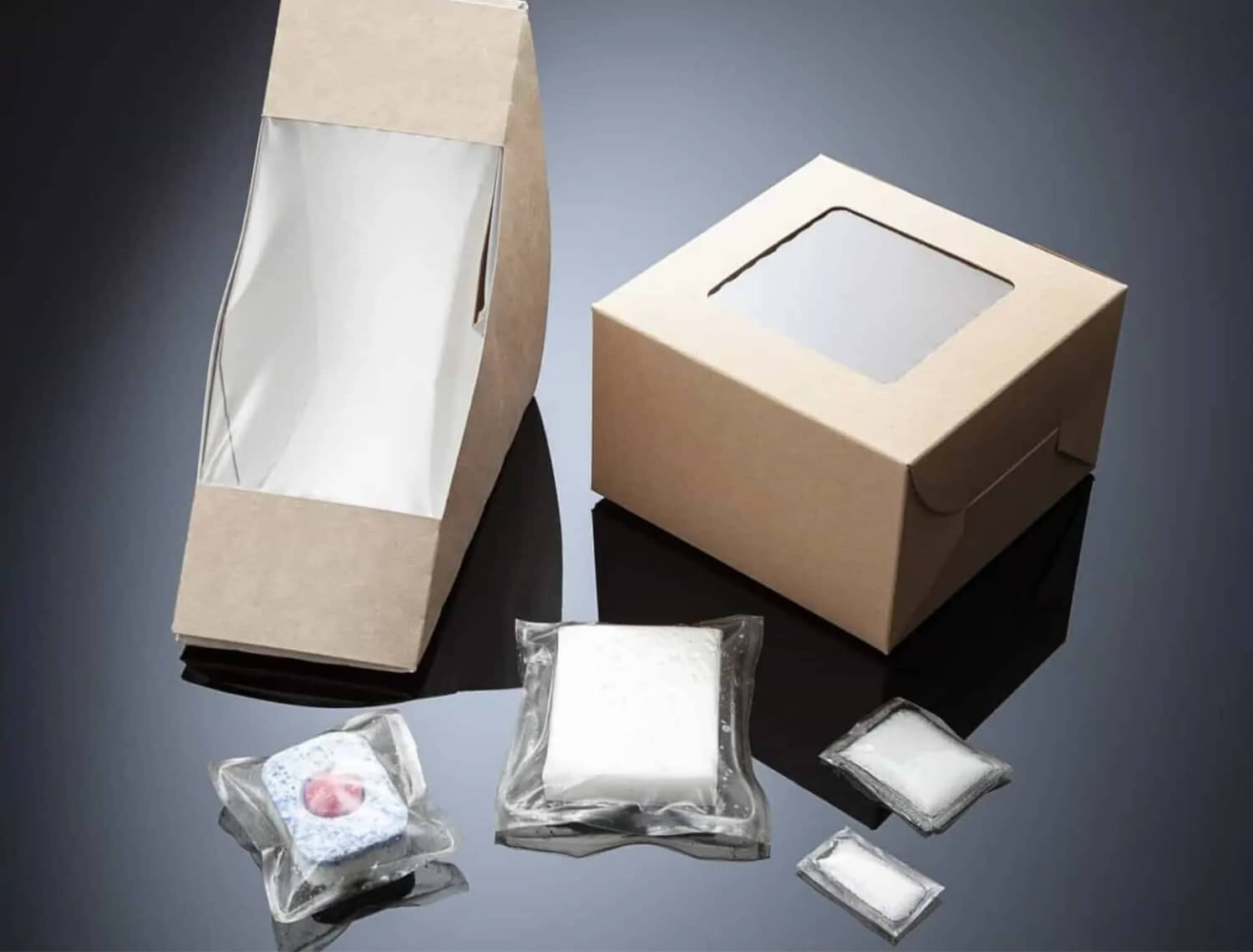
Xampla was born at the University of Cambridge. A young startup has developed plastic-free compostable bags and capsules made from next-generation vegan «spider silk». The company continues to work on a plant-based polymeric biomaterial that could end single-use plastic.
Mimicking the properties of spider silk — one of the most durable materials found in nature — the material is fully biodegradable in the marine environment at the molecular level and is claimed to be as durable as conventional plastic. It was expected that at the end of 2021 the development will be used for the production of mass-produced packaging. With large-scale application, such a development can have great potential.
Developed at Knowles Cambridge Research Laboratory, «vegan spider silk» was recently published in the journal Nature Communications. And Xampla is a startup created to commercialize this project. The company is led by former Unilever executive and White House climate change adviser Jeff Seabright, whose appointment has already led to the start-up receiving $8.7 million in seed funding.
“Xampla is supported by large investors, including one of the early supporters of Zoom and Facebook, who are helping the project to achieve massive development,” says the company’s CEO. One of the company’s breakthrough products will be biodegradable packaging for dishwasher detergents.
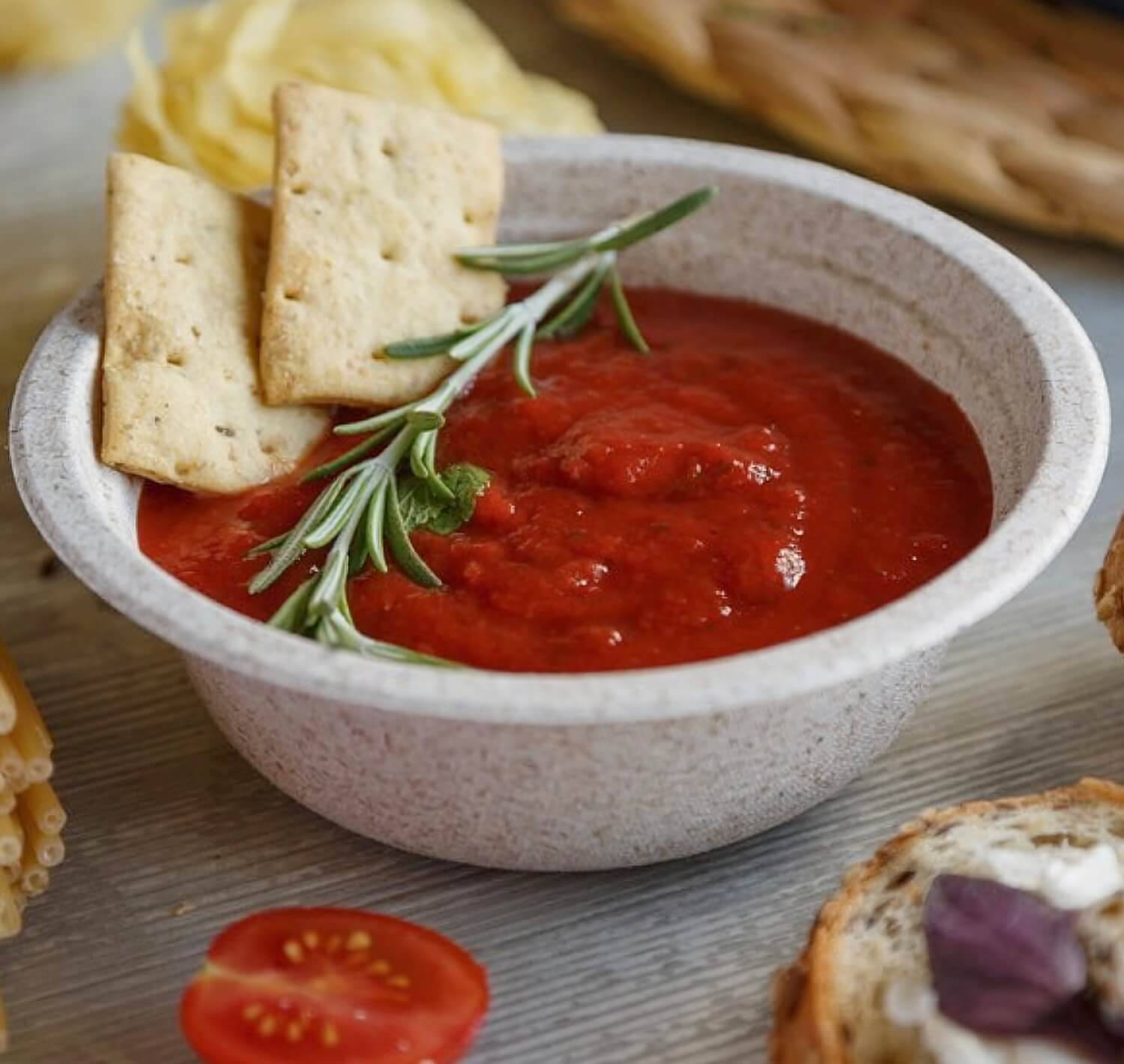
Disposable tableware made from starch and sugar cane is already a familiar product in the price lists of food service providers. These products are non-toxic, grease and waterproof and can withstand extremely high and low temperatures. In addition, it retains the nutritional properties of products longer than plastic products.
The main supplier of starch-based biodegradable plastic is China. Moreover, at present, the main demand is for materials that still contain about 15-20% polypropylene, it is added as a binder component. Outwardly, such products are similar to the usual plastic dishes, but, for example, starch products have a more creamy hue.
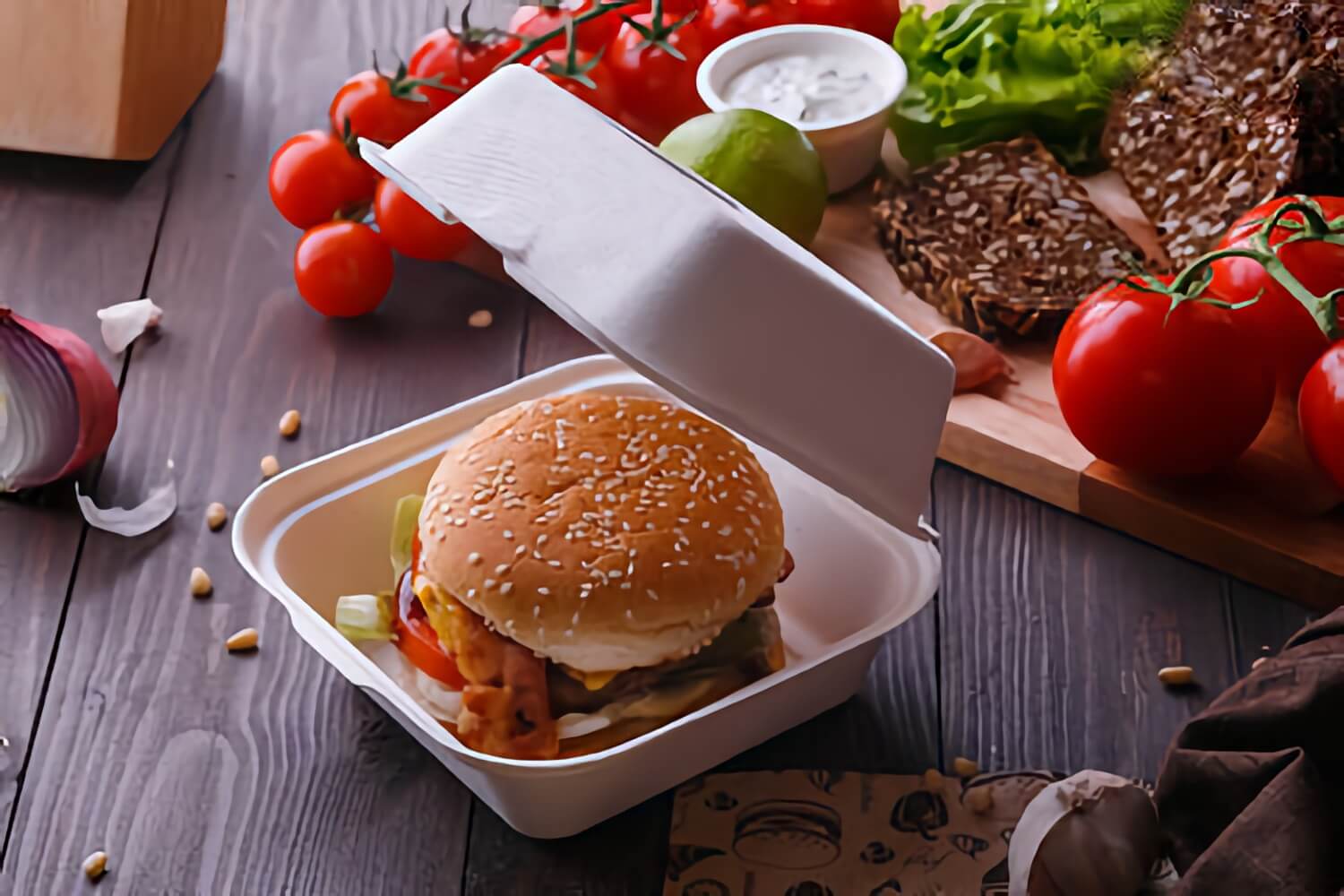
Manufacturers of disposable tableware made from sugarcane believe that such packaging gives the product a premium status. Eco-plates and eco-boxes made of natural biomaterial of plant origin decompose in the soil within 30 days under natural conditions.
The great advantage of this tableware is that it does not require additional investments for recycling. An imperfect system for collecting recyclables is another global problem that affects not only the environmental situation, but also the production volumes of eco-packaging.
For example, in a pandemic, it has become impossible to collect corrugated board for recycling. As a result, more than 100,000 tons of raw materials were irretrievably lost in Europe alone in 2020 (more than 400,000 tons in the world are huge numbers).
Straw that Stirs the Drink
Plastic straws are an integral love of catering and the beverage industry, a scourge for the environment and the main goal of the restrictions of all world states. Today, regulations affect the handling of plastic in 130 countries, but the ban on single-use cutlery, including straws and drink stirrers, is the most stringent. Restrictions are imposed both on the use of plastic straws for drinks in cafes and restaurants, and on the production of such polymer products in general.
Developing the general trend of alternative disposable products, technologists have offered the market cardboard-paper substitutes and edible straws. These solutions are literally becoming drivers of the innovative eco-packaging segment before our very eyes.
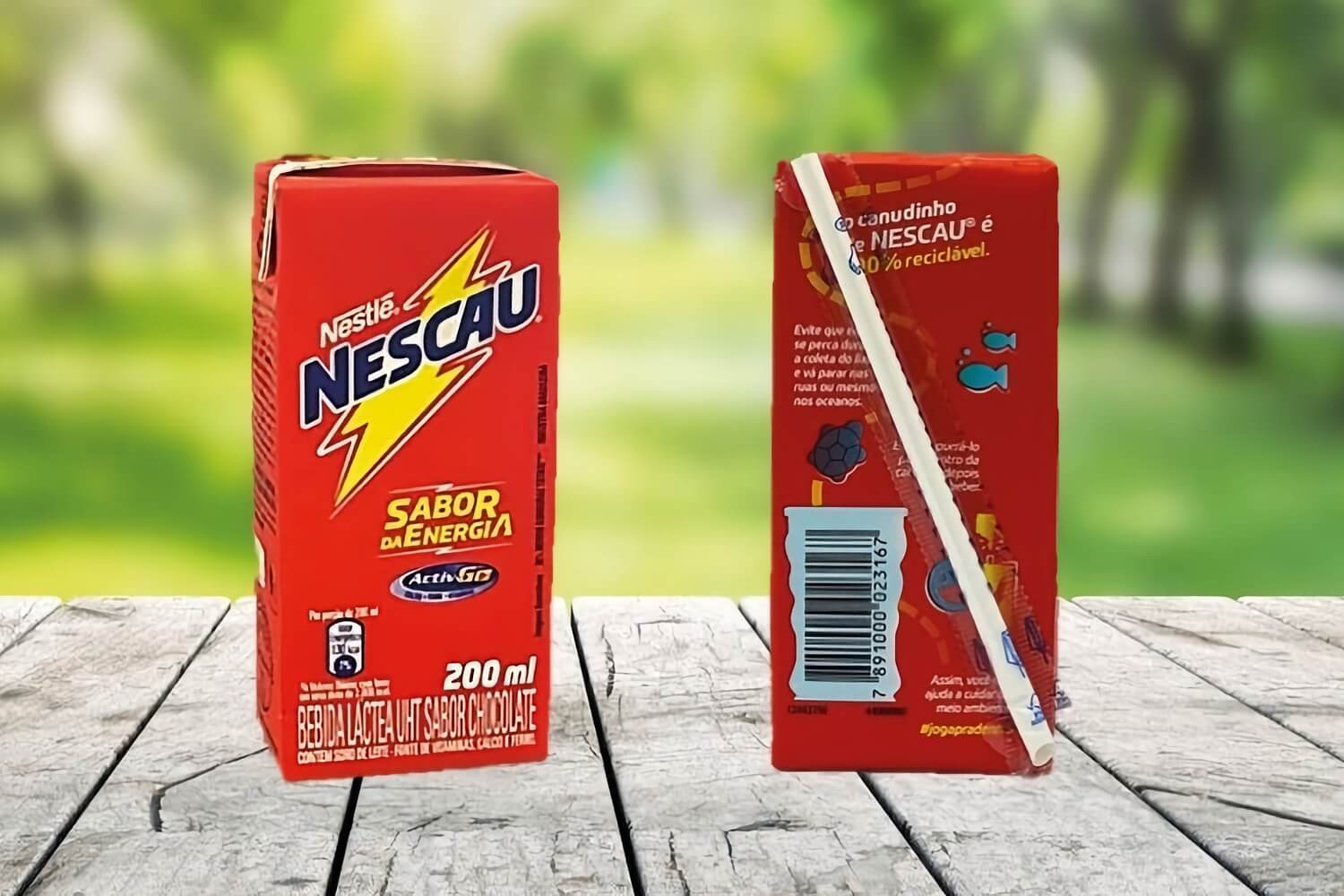
SIG paper straws were introduced to the market by Nestlé Brazil two years ago. The full range of NESCAU beverages from food giant Nestlé was planned to be available in combiblocMini cartons with recyclable paper straws in partnership with SIG, a Swiss-headquartered provider of aseptic carton packaging systems and solutions.
The world’s first straight SIG paper straw was demonstrated in February 2019. Just a few months later, the manufacturer released a U-shaped paper straw, which delighted the world leader in food and beverages.
As Nestlé previously said it is committed to finding the best solutions to reduce, reuse and recycle plastic packaging. The company has committed to ensuring that 100% of its packaging is reused or recycled by 2025, eliminating the use of non-recyclable plastics entirely.
SIG designed the entire project for Nestlé at the Feira de Santana plant, from installing and adapting the bottling technology to applying the paper tube to the carton. “The main goal was to use all of our know-how and technology to find the best and most sustainable solution for Nestlé,” says Andressa Joaquim, SIG’s director of the South American market.
Now 5 NESCAU Nestlé SKUs in combiblocMini cartons from 125 ml to 250 ml are filled on three SIG lines. The new NESCAU paper straw packaging is available at major retailers in Brazil from December 2020.
The prospects for edible food accessories have opened up not only in the food service industry. In addition to the hospitality industry, beverage companies are looking for new ways to demonstrate their environmental capabilities to consumers.
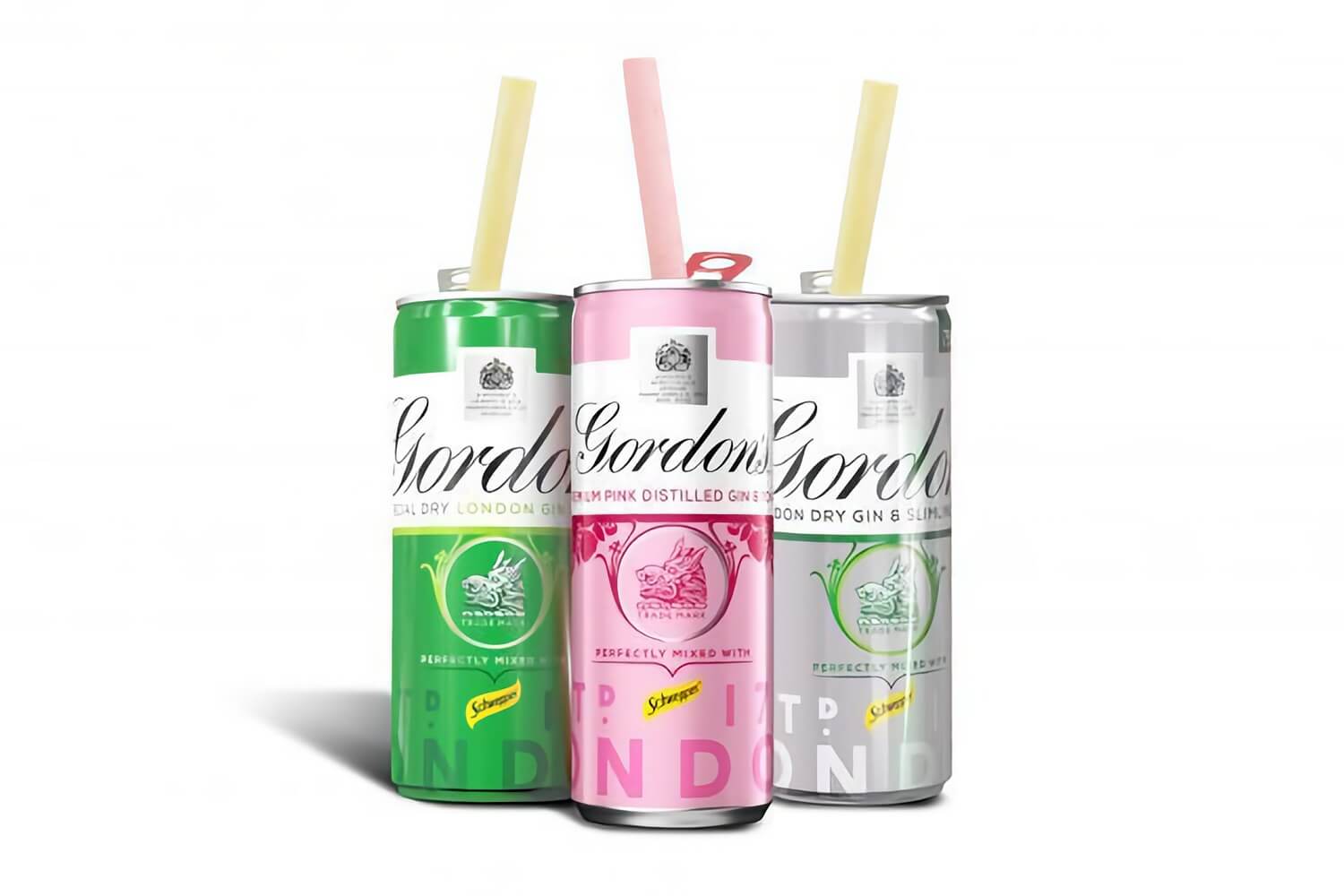
Alcoholic beverage manufacturing giant Diageo has launched a line of flavored edible straws on the market. The company offers four flavors (lemon, lime, strawberry and chocolate). Moreover, each SKU can be used as an addition to one of Diageo Premix’s various RTD offerings.
The strawberry version pairs perfectly with Pimm’s and lemonades, the lime straw for Gordon’s Gin and Schweppes Tonic, and finally the chocolate straw for Baileys and Iced Coffee Latte. Consumers who have tried the novelty say that the lime version goes well with Smirnoff cans. New items will be sold through the 31Dover retail network.
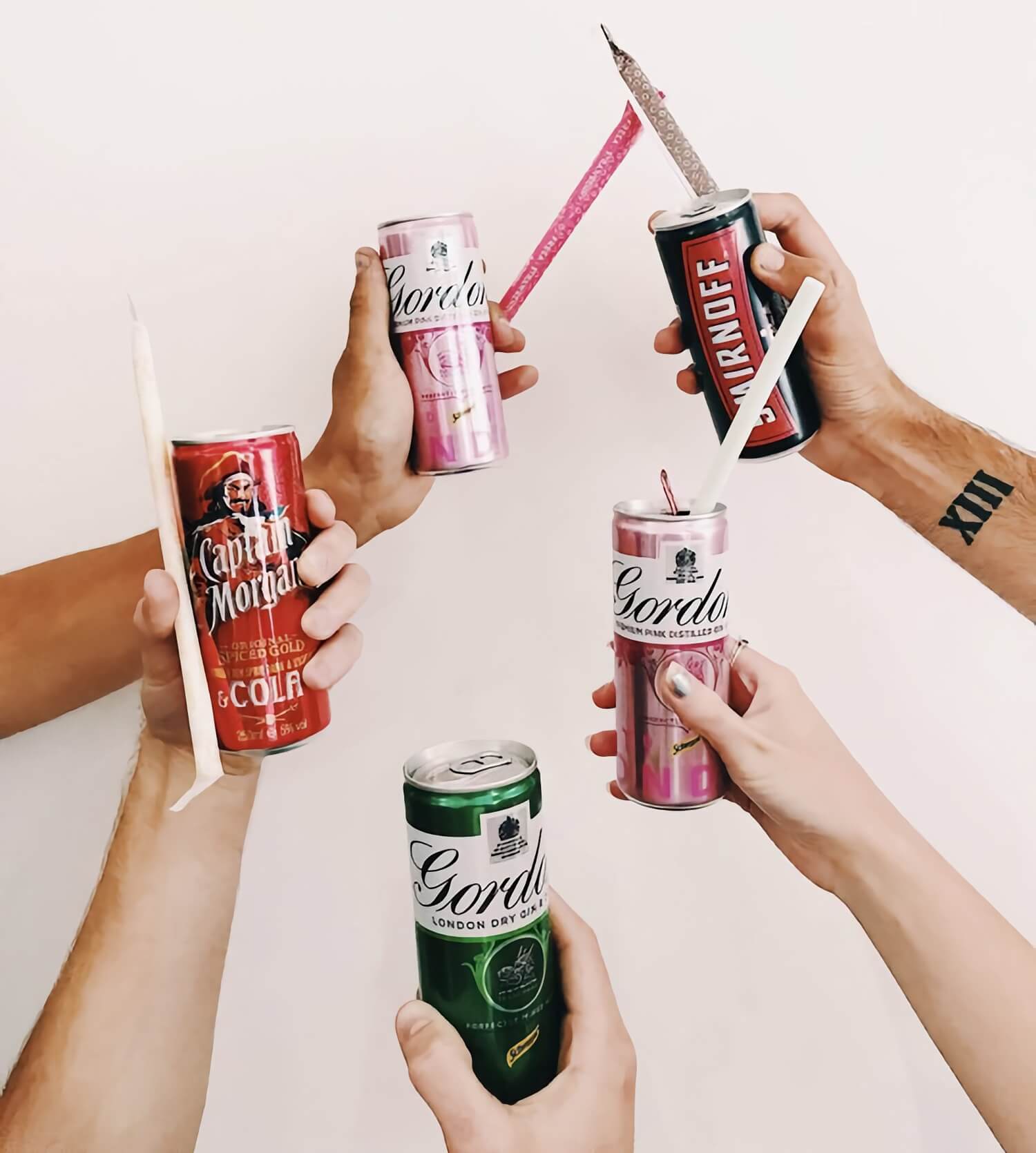
Diageo thought about launching a similar product after Pernod Ricard announced its intention to launch a similar product on the market in 2019. Earlier in April, Pernod Ricard announced plans to partner with edible plastics company Loliware to produce «the drink straws of the future.»
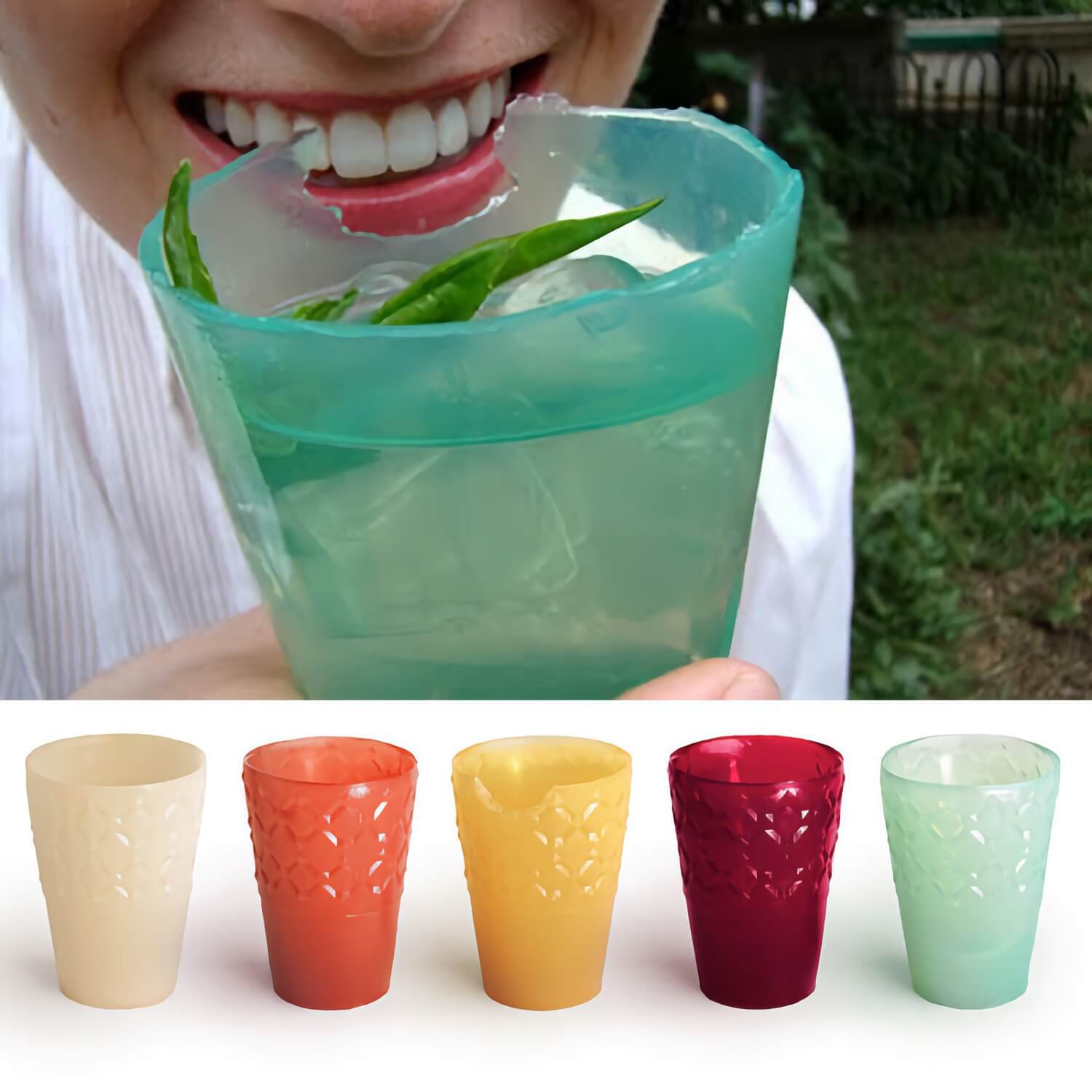
Loliware manufactures plastic cups from edible materials derived from seaweed. The company has just launched a drink straw made from the same hypercompostable material.
You can also find edible solutions among the manufacturers of disposable spoons, another popular fast food product and the object of hatred of environmentalists.
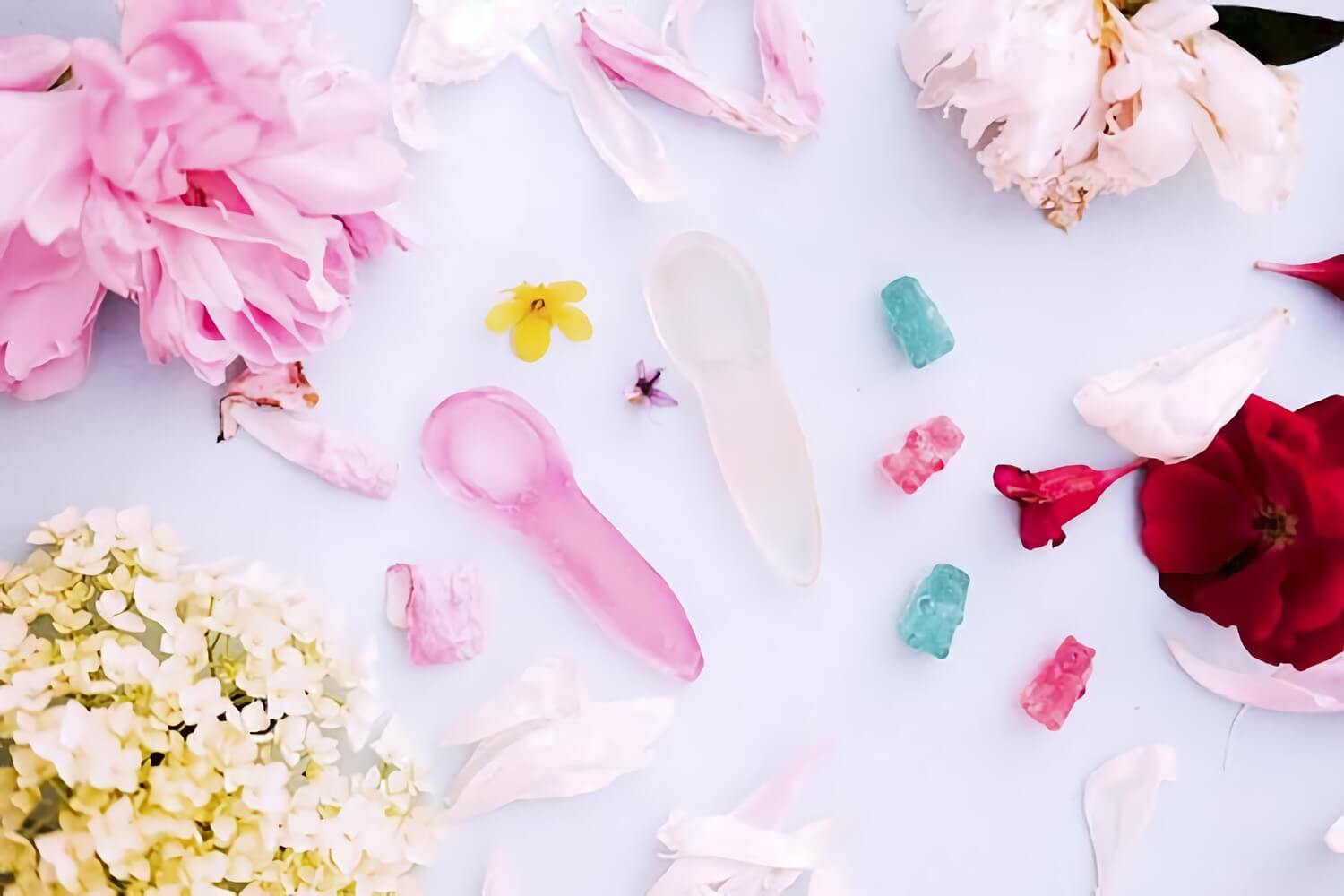
Candy Cutlery is an eco-friendly business specializing in the creation of edible sustainable bioplastic spoons for food service. It was a real breakthrough, considering how many disposable devices need to be disposed of every year.
Seeking to go beyond just spoons, the startup also plans to expand the line to give consumers the ability to “create, share and celebrate #LifesSweetestMoments, saving the planet every time they use the brand’s products,” the company said in its ad.
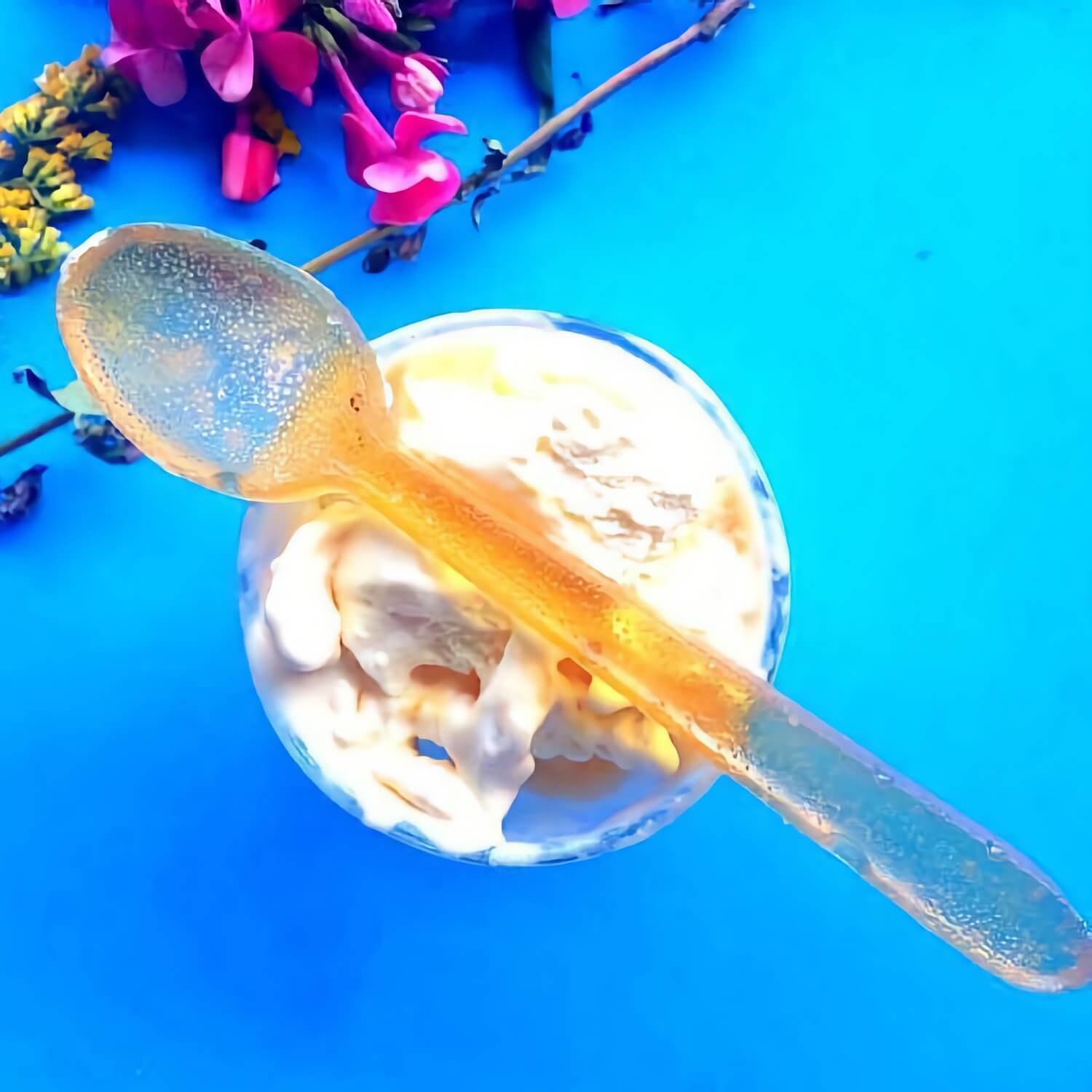
Starting with ice cream scoops, Candy Cutlery’s main goal was to minimize the amount of global plastic waste generated by the use of plastic cutlery. The company was poised to channel its technology initiatives to create a full range of gluten-free, fat-free alternatives to single-use plastic, but the pandemic stopped the startup from saving the planet.
The strengthening of sanitary and hygienic measures due to the difficult epidemiological situation with coronavirus has put the use of edible spoons under a ban. The company is now practically out of business.
